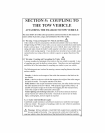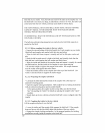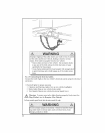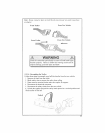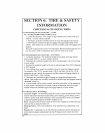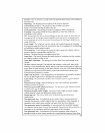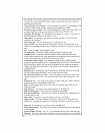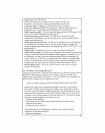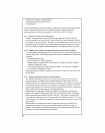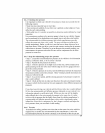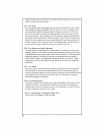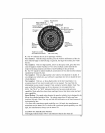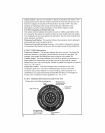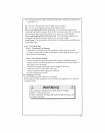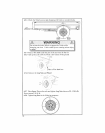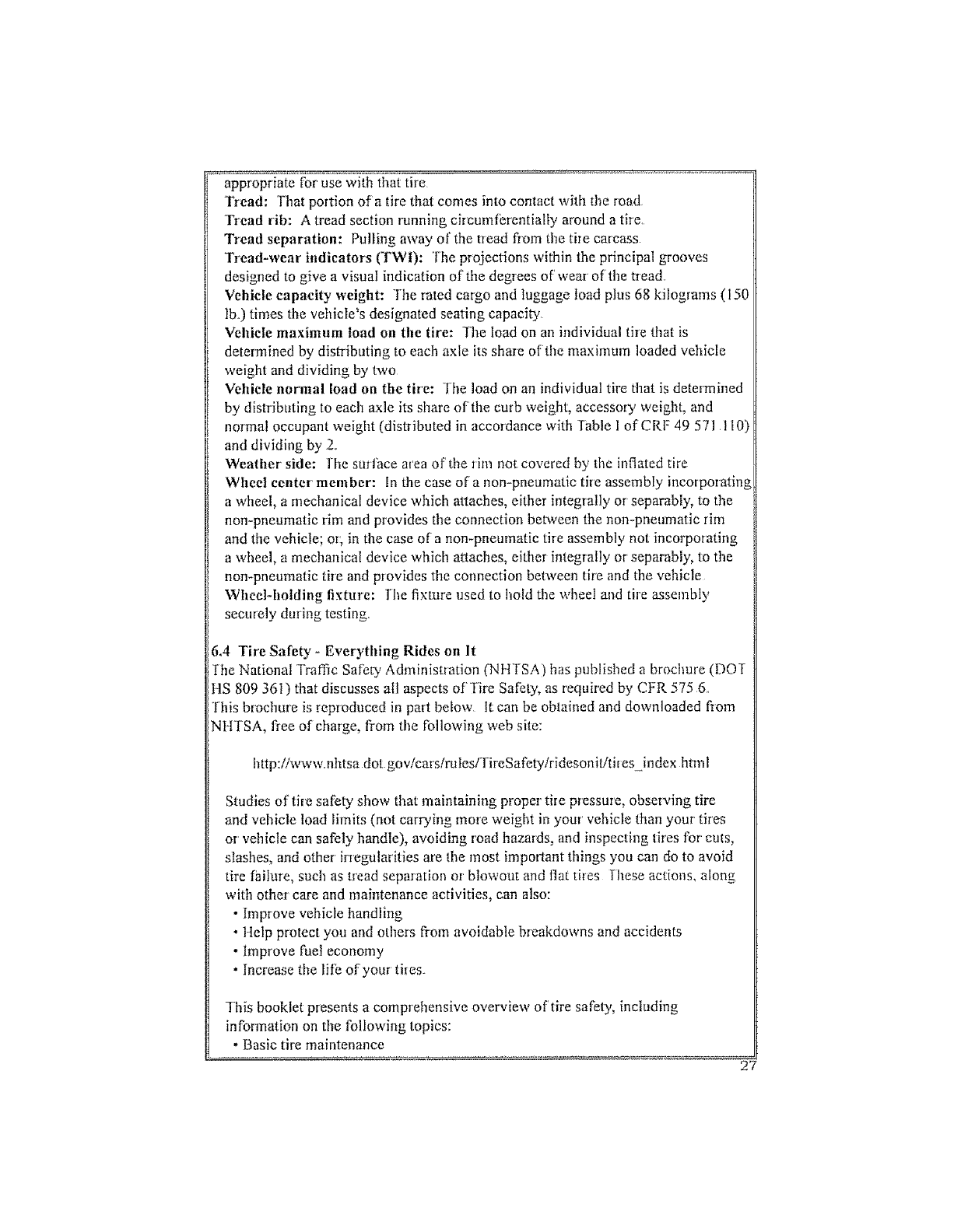
appropriate for use with that tire
Tread: Fhat portion of'a tire that comes into contact with the road.
Tread rib: A tread section running circumferentiaiiy around a tire,
Tread separation: Puliing away of the tread from tire tire carcass
Tread-wear indicators (TWl): rile projections within the principal grooves
designed to give a visual irrdication of the degrees of' wear of the t_ead
Vehicle capacity weight: The ratedcargo and luggage load plus 68 kilograms (I50
Ib,,)times the vehicle's designated seating capacity
Vehicle maximum load on tile tire: The load on an individual tire that is
determined by distributing to each axle its share of the maximum loaded vehMe
weight and dividing by two
Vehicle normal load on the tire: Tile load on an individual tire that is determined
by distributing to each axle its share of the curb weight, accessory weight, and
normal occupant weight (distributed in accordance with Table l of CRF 49 571. l i0)
and dividing by Z
Weather side: ]*hesurface area of tile rhn not covered by the inflated tire
Wheel center member: In the case of a non-pneumatic tire assembly incorporating
a wheel, a mechanical device which attaches, either integrally or' separably, to the
non-pneumatic rim and provides the connection between the non-pneumatic rim
and the vehicle; or; in the case of a non-pneumatic tire assembly not incorporating
a wheel, a mechanical device which attaches, either integrally or separably, to the
non-pneumatic tire and provides the connection between tire and the vehicle
Wheel-holding lixture: l-he fixture used to hold the wheel and tire assembly
securely during testing
6_4 Tire Safety - Everything Rides on It
The National Traffic Safety Administration t%_HTSA) has published a brochure (DOT
HS 809 361) that discusses all aspects of'Tire Safety, as required by CFR 575 6,,
This brochure is reproduced in part below It can be obtained and downloaded from
NHTSA, free of charge, from tile following web site:
http://www_,nhtsa dot govicars!ruleslTireSafety/ridesonibltires jndex hm'_I
Studies of tire safety show that maintaining proper tire pressure, observing tire
and vehicle load limits (not carrying more weight in your' vehicte than your tires
or vehicle can safely handle), avoiding road hazards, and inspecting tires for cuts,
slashes, and other irregularities are tile most important things you can do to avoid
tire failure, such as tread separation or blowout and flat tires These actions, along
with other care and maintenance activities, can also:
• Improve vehicle handling
• Help protect you and others from avoidable breakdowns and accidents
- bnprove fueI economy
• Increase the life of your tires-
This booklet presents a comprehensive overview of'tire safety, including
information on tile following topics:
• Basic tire maintenance
27



